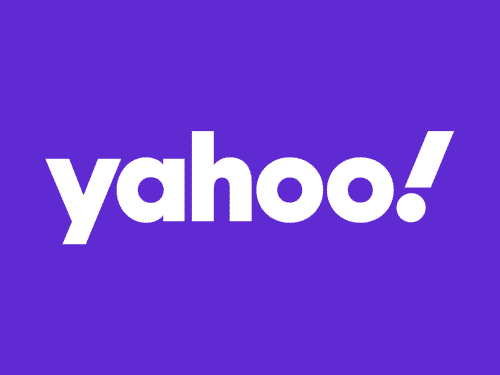In the realm of technology and digital services, Alphabet, which many of us still fondly remember as Google, stands as a titan. It houses the world’s most extensive online index of websites, thanks to its advanced automated search capabilities. The company’s financial engine runs largely on revenue streams from online advertising, cloud solutions, and hardware products. You might know Google as a major part of Alphabet’s operations, but it all started back in 1998, thanks to the vision of Sergey Brin and Larry Page. This journey hit a significant milestone when they took the company public in 2004.
One of Google’s crowning jewels is its AdWords program, which operates on an auction-based system, allowing businesses to position their ads alongside specific search results. Then there’s AdSense, another innovative concept. This program empowers websites within the vast Google network to present targeted advertisements that correlate with either search terms or the actual content of the web pages. What’s notable here is that the revenue from AdSense doesn’t just stay with Google – a significant portion of it is shared with their network partners. Beyond this, Alphabet boasts ownership of YouTube.com, which is arguably the go-to site for web-based video content. The company hasn’t stopped at just digital solutions; it has ventured into mobile through its Android smartphone operating system and has made noteworthy strides in public cloud services. Impressively, about 52% of Alphabet’s revenue is generated from markets outside the United States.
A notable development in Alphabet’s financial maneuvers occurred on April 3, 2014, when its new class of nonvoting C shares made their debut in the trading world.

















